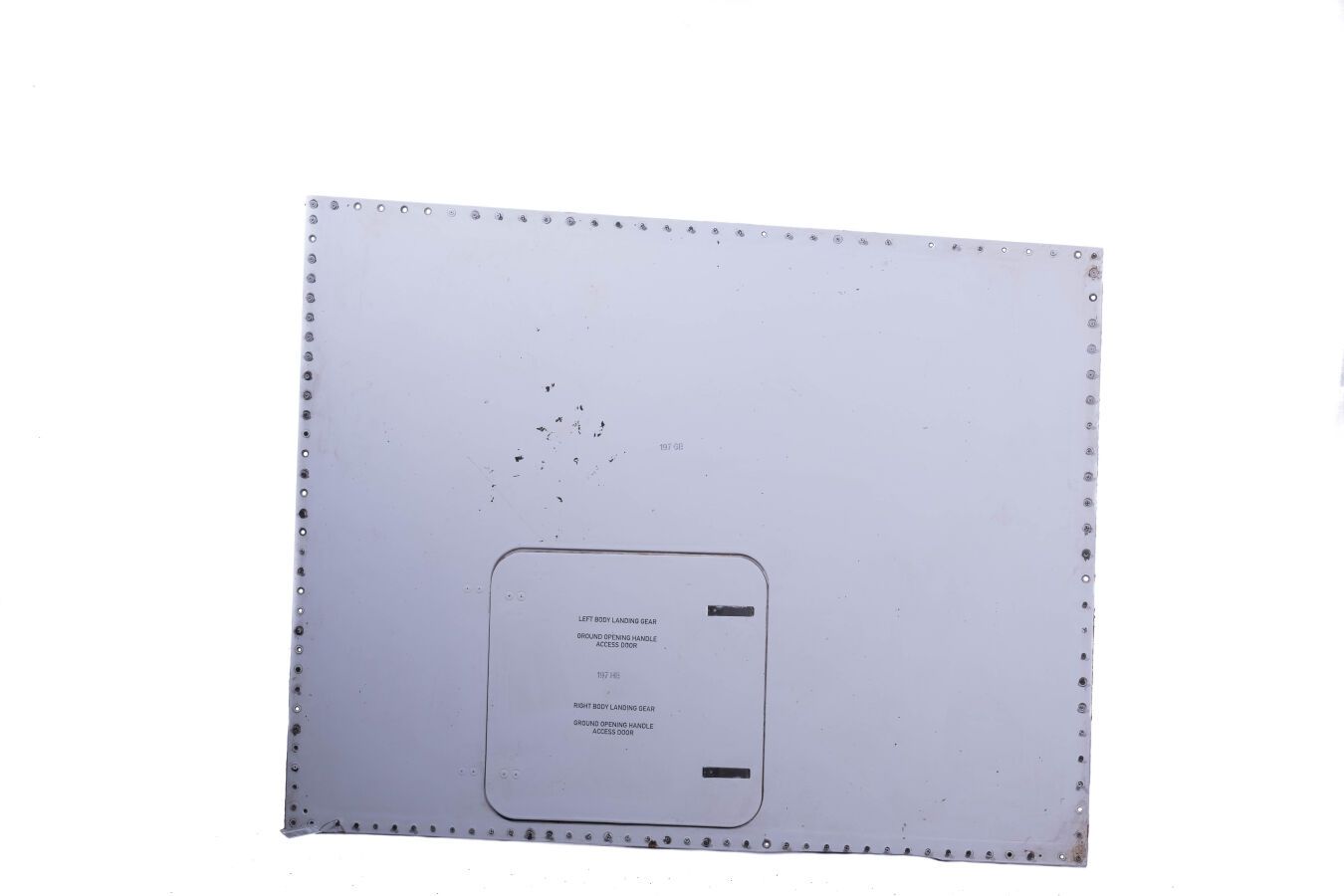Description
A380. MSN13. BELLY FAIRING. Rectangular panel of the belly fairing with trapdoor. By unit. Dimensions: 166cm X 132cm. COMMENT: Panel located under the aircraft, between the landing gear.
207
A380. MSN13. BELLY FAIRING. Rectangular panel of the belly fairing with trapdoor. By unit. Dimensions: 166cm X 132cm. COMMENT: Panel located under the aircraft, between the landing gear.
You may also like
